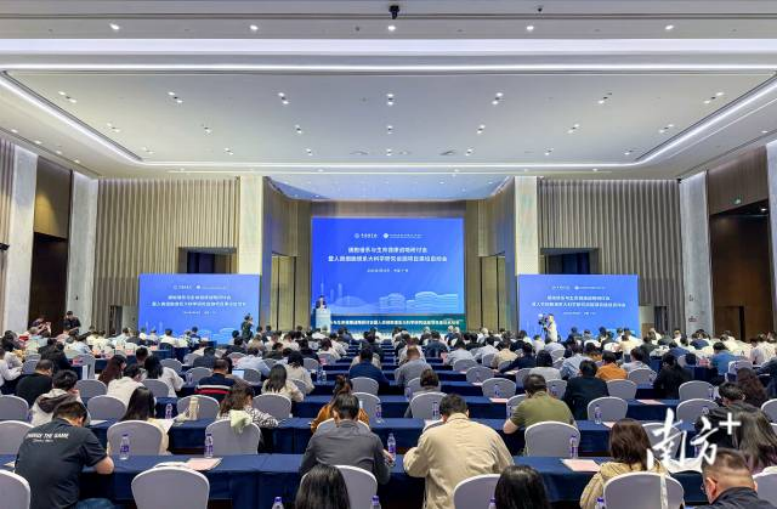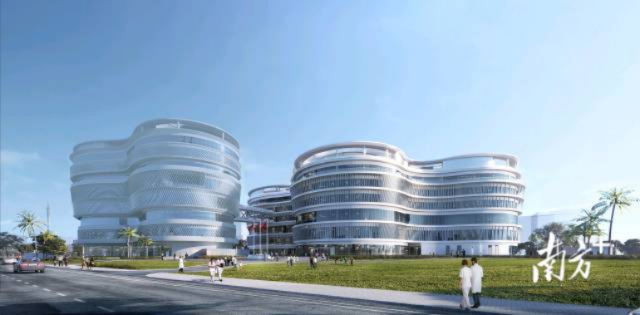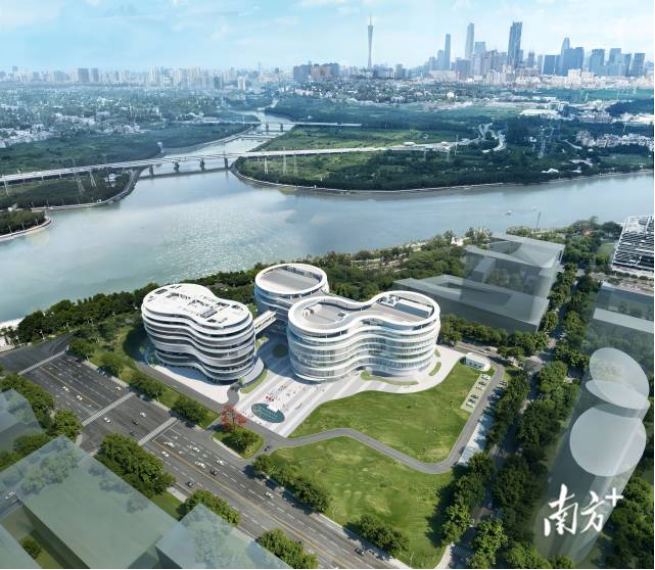Another national large-scale scientific facility lands in Guangzhou
On March 25, the Human Cell Lineage Atlas Facility (CLAF), a major scientific and technological infrastructure during China's 14th Five-Year Plan period (2021-2025), officially commenced construction on the Guangzhou International Bio Island.

Event Site
Cells are the basic units of life. The human body comprises approximately 40 trillion cells, all of which develop from a single fertilized egg. The entire evolutionary process of these cells, including proliferation, differentiation, and senescence, is called the "cell lineage."
The facility will focus on researching and developing innovative technologies and devices such as live-sample preservation and storage, spatial multi-omics, and advanced imaging and integrating cutting-edge technologies such as artificial intelligence, to form a digital cell lineage atlas covering three dimensions: proliferation, differentiation, and senescence.
"This is like compiling a detailed 'cellular family tree' of life, allowing scientists and even the public to clearly track the 'past and present' of every cell," said Sun Fei, Deputy Director General (Chair) and Researcher of the Guangzhou Institute of Biomedicine and Health (GIBH), and Chief Commander of CLAF.
"In the future, CLAF is expected to create a 'digital patient' by using the patient's cell information and achieve personalized treatment by simulating the therapeutic effects of different treatment methods in the digital patient's body," said Chen Jiekai, GIBH's Researcher, and CLAF's Deputy Commander and Chief Engineer. He also mentioned that the facility will integrate AI and data resources to create innovative models and carry out in-depth cooperation with leading enterprises to accelerate the transformation of scientific research achievements into clinical applications.
CLAF is planned to be completed within 4.5 years, with a total construction area of over 50,000 square meters. It aims to map the evolution of cells throughout the human lifespan, develop a large-scale digital cell model driven by AI, and build a digital physiological human. Upon completion, it is also expected to innovate paradigms for biomedical testing, open up new frontiers in biopharmaceutical R&D, and yield a series of innovative scientific achievements and products in reagents, instruments, software, and data.


Human Cell Lineage Atlas Facility
Copyright © Foreign Affairs Office of Guangzhou Municipal Government,
Hong Kong and Macao Affairs Office of Guangzhou Municipal Government All rights reserved.
Presented by China Daily.
京ICP备13028878号-28



